Piececlopedia: Dragon Horse
Historical notes
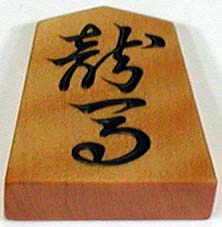
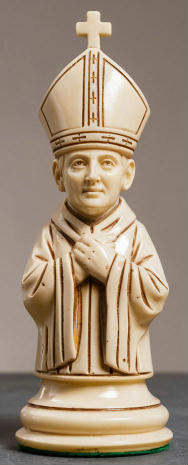
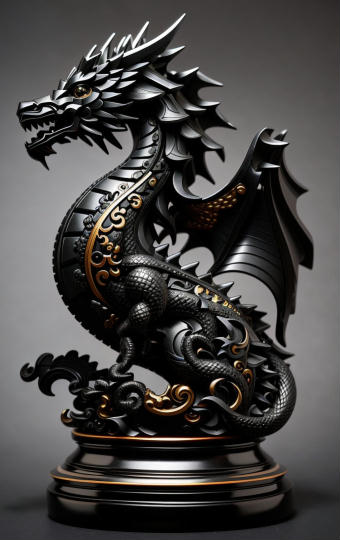
In Shogi, the Japanese form of Chess, the Dragon Horse (龍馬, transliterated as ryūma) is the promoted form of the Bishop, moving like a Bishop or a Wazir.
The piece is often used in western variants, and typically portrayed, though not necessarily named, a crowned bishop. In Man and Beast 01: Constitutional Characters, Charles Gilman calls it a Primate, which he says is a synonym for archbishop. In Archcourier Chess, it is called an Archcourier, since the Courier of Courier Chess moves as a Bishop. In Sac Chess it is called a Missionary, which is a more mobile type of clergyman. Jean-Louis Cazaux also uses this name in several of his variants.
In Holywar, Fergus Duniho called this piece a Lady, in reference to Joan of Arc, the Lady of Lorraine. In the context of this game, it was a weaker version of a Queen.
Although it isn't normally a royal piece, Fergus Duniho has used a royal version of the Dragon Horse in Fusion Chess and several more games based on it, such as Bedlam and Thunder Chess. He originally used the name of Pope, though in updating Fusion Chess, he changed it to Pontiff. By either name, it is one of four possible royal pieces, which a player can form by merging his King with a Bishop.
Movement
The Dragon Horse may slide any number of spaces diagonally, or it may step one space orthogonally. Diagonal movement follows along lines of spaces connected only at their corners. Spaces are orthogonally adjacent when they share a side in common.
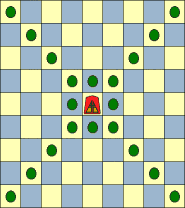
|
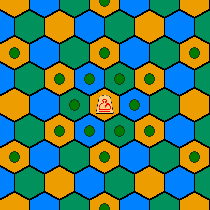
|
For a more detailed explanation of a Dragon Horse's movement on a hexagonal board, read about Hex Shogi.
Graphics
The following images are used in different piece sets used on this site for Game Courier or Interactive Diagrams.
These feature both Kanji characters. The top one, 龍, means dragon, and the bottom one, 馬, means horse:




These feature just the Kanji character for dragon, in what is known as abbreviated Kanji.





These suggest a promoted bishop by modifiying the image each set uses for the bishop:



These images combine aspects of the king and bishop images to suggest a royal dragon king:


The Lady from Holywar:

These feature a movement diagram. The first one also designates the piece with the letters DH for Dragon Horse:


Printable Pieces
The following designs are available for printing on a 3D printer. Links are to Thingiverse.
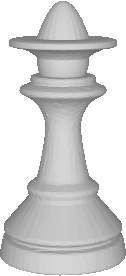
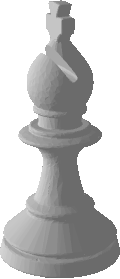


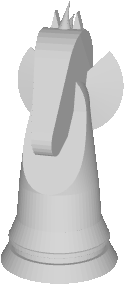
This is an item in the Piececlopedia: an overview of different (fairy) chess pieces.
Written by Fergus Duniho.
WWW page created: December 16, 2001. Last modified: November 24, 2024.